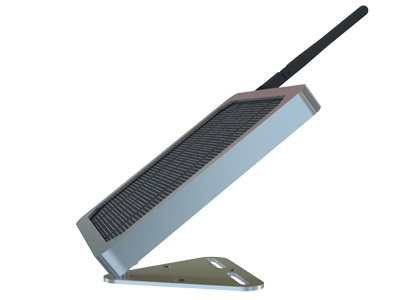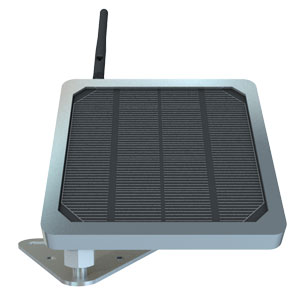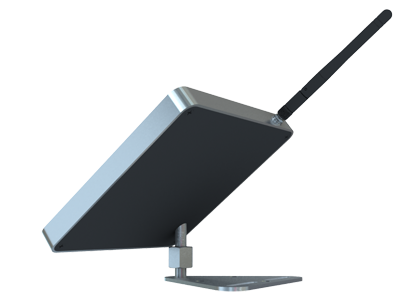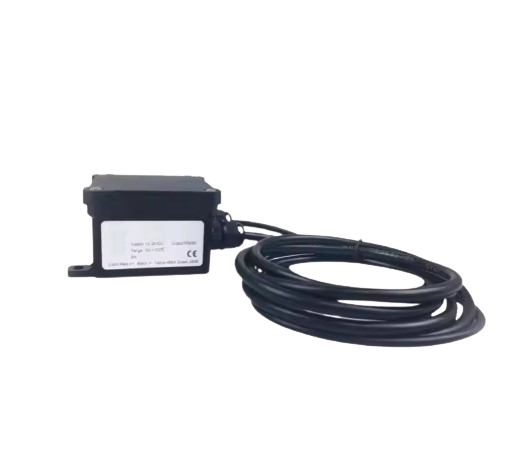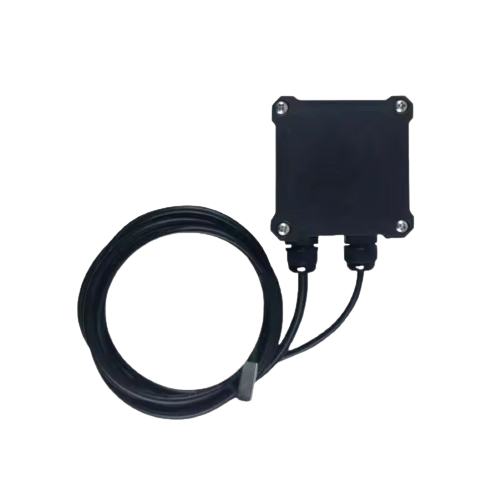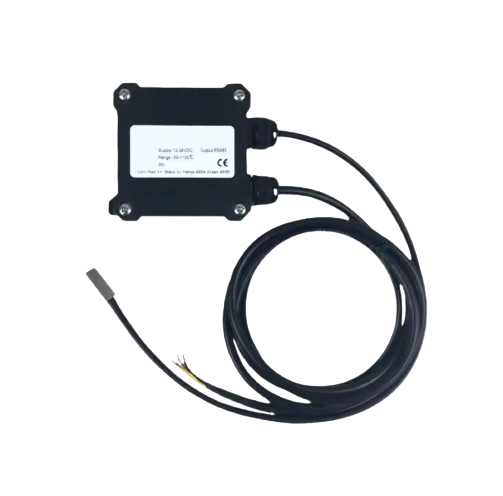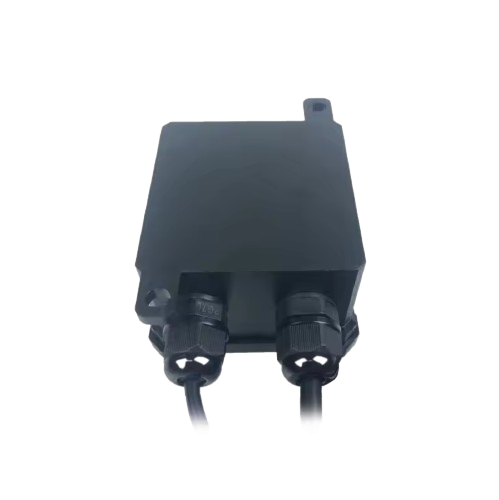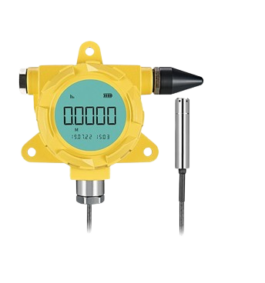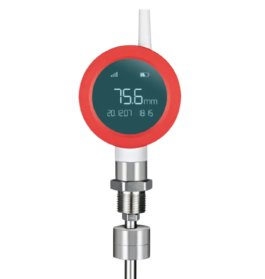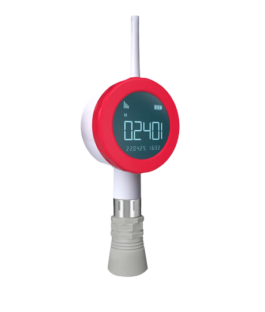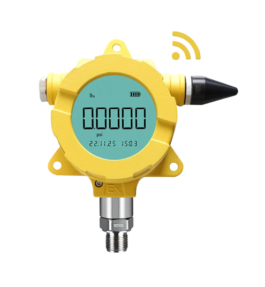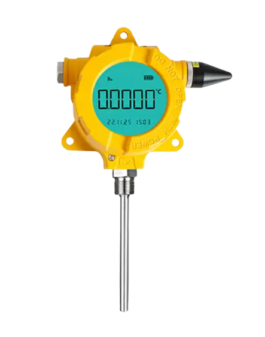Description
Engineers design Wireless Solar Panels to power wireless instruments and devices by harnessing solar energy. In addition, here is a detailed description of how it functions to extend the battery life of these wireless instruments:
Solar Panel: Photovoltaic cells on the panels convert sunlight into electricity. These solar cells generate direct current (DC) when exposed to sunlight.
Charge Controller: The system typically integrates a charge controller to regulate the voltage and current from the solar panel. In addition, the charge controller prevents overcharging of the connected batteries and ensures efficient charging.
Battery Storage: The generated solar energy is stored in rechargeable batteries, such as lithium-ion batteries or sealed lead-acid batteries. These batteries store the energy for later use when sunlight is not available, such as during nighttime or cloudy days.
Wireless Connectivity: Engineers design Wireless Solar Panels to connect wirelessly to compatible instruments or devices. This provides them with a continuous and sustainable power source. This wireless connection can be established using technologies like 4G, LoRa, Bluetooth, Zigbee, Wi-Fi, or proprietary radio frequency protocols.
Technologies for Wireless Solar Panels
Energy Harvesting Technology: In addition to powering the connected instruments, some wireless solar panels may incorporate energy harvesting technology to optimize energy efficiency. This technology can include power management systems that maximize energy conversion and minimize energy loss.
Durable Enclosures: Engineers usually house wireless solar panels in a durable and weather-resistant enclosure to protect them from environmental elements. Elements like rain, snow, dust, and UV radiation. This ensures the longevity and reliability of the solar panel in various outdoor conditions.
Mounting Options: Depending on the application, they may come with different mounting options such as pole mounts. They also have roof mounts, or ground mounts to facilitate easy installation and optimal sunlight exposure.
Users can benefit from reduced maintenance costs, extended battery life, and enhanced sustainability by utilizing Wireless Solar Panels to power wireless instruments. In addition, designers commonly employ this technology in remote monitoring systems, environmental sensors, IoT devices, and other applications where continuous and reliable power sources are essential.
Looking for the Instruments that will go with it?
Pressure Transmitters
Level Float Transmitters
Temperature Transmitters
Flow Transmitters
Specifications
Weights & Dimensions
| Width |
5 in |
| Height |
9 in |
| Length |
12 in |
Product Details
| Type |
Accessories |
| Voltage |
12 V |
| Material |
Plastic & Metal |
| Color |
Gray |
| Description |
Solar Panel Kit |
| Manufacturers Part Number |
SRS |
| For Use With |
Wireless Instrumentation |
| Brand |
SRS |
Warranty
- UL-Approved AWG 18 cable is put into the fully sealed junction box (weather and UV-resistant material meet UL1703.
- (EVA) with TPT cushions the solar cells within the laminate and ensures the operating
characteristics of the solar cells under virtually any climatic condition.
- Rigid anodized aluminum frame and low iron-tempered glass.
- Easily accessible grounding points on all four corners for fast installation.
- Proven junction box technology.
Saves Money: No need for trenching during installation
Cuts Energy Costs: No external energy source is required
Highly Adaptable: Powers any AC or DC electronics system
Warranty: Five-year warranty available
Installation
Installing solar panels for powering instrumentation typically involves the following steps:
Site Assessment: Determine the best location for maximum sunlight exposure. Ensure there are no obstructions like buildings or trees casting shadows on the panels.
Mounting: Install mounting racks securely on a stable surface like a rooftop or ground-based structure. Ensure the racks are tilted at an angle to optimize sunlight exposure.
Placement of Panels: Attach the solar panels to the mounting racks securely. Connect the panels in a series or parallel configuration based on the system requirements.
Wiring: Connect the solar panels to a charge controller to regulate the voltage and prevent overcharging of batteries. Connect the charge controller to the instrumentation system.
Battery Installation: If using batteries for energy storage, connect them to the charge controller. Ensure proper polarity and sizing of the batteries based on energy requirements.
Testing: Perform a system test to ensure the solar panels are generating power correctly. Check the charging and power supply to the instrumentation system.
Maintenance: Regularly clean the solar panels to remove dust and debris that can reduce efficiency. Inspect wiring connections and components for any signs of damage.
By following these installation procedures, you can set up a reliable solar power system to power instrumentation using solar panels.
Maintenance
To maintain an industrial wireless solar panel, start by regularly inspecting the panel’s surface for dirt, debris, or any obstructions that could block sunlight. Clean the surface periodically with a soft cloth and mild soap solution to ensure optimal light absorption. Check the connections and mounting hardware to ensure they are secure and free from corrosion. Verify the performance of the solar panel by monitoring its output to ensure it is functioning correctly and efficiently. Additionally, inspect the charge controller and battery system for any signs of wear or malfunction. Replace any worn or damaged components promptly to maintain the panel’s performance and reliability. Regularly review the system’s performance data to identify any anomalies and address them before they become major issues.
Q&A
Q: What are the benefits of using wireless-level probe transmitters?
A: Wireless-level probe transmitters offer remote monitoring capabilities, reduced installation costs, flexibility in placement, and ease of maintenance compared to wired alternatives.
Q: How do solar panels benefit instrumentation systems?
A: Solar panels provide a sustainable and renewable energy source, enabling off-grid operation, reducing utility costs, and promoting environmentally friendly practices for instrumentation systems.
Q: What factors should be considered when choosing a wireless-level probe transmitter
A: Factors to consider include range of transmission, accuracy of measurements, compatibility with existing systems, power source requirements, signal reliability, and environmental durability.
Q: How can solar panels be optimized for better performance in powering instrumentation?
A: Optimizing solar panels involves proper positioning for maximum sunlight exposure, regular cleaning to maintain efficiency, using efficient charge controllers and batteries, and periodically checking for any shading or obstructions.
Q: What are the common applications of wireless-level probe transmitters in industrial settings?
A: Wireless-level probe transmitters are commonly used in industries such as oil and gas, wastewater treatment, chemical processing, and food manufacturing for monitoring and controlling the level of liquids, powders, or bulk solids in tanks and vessels.
Advantages / Disadvantages
Advantages
Sustainable Energy Source: Solar panels provide a renewable and sustainable energy source, reducing reliance on non-renewable fossil fuels and lowering carbon emissions.
Cost Savings: Once installed, solar panels offer long-term cost savings by generating free electricity to power instrumentation, reducing utility bills and operating expenses.
Off-Grid Capability: Solar-powered instrumentation can operate in off-grid or remote locations where access to conventional power sources is limited or unreliable, providing continuous power supply.
Environmental Benefits: Solar energy is clean and environmentally friendly, contributing to reduced pollution, conservation of natural resources, and a smaller carbon footprint.
Low Maintenance: Solar panels require minimal maintenance, with occasional cleaning and inspections, resulting in reduced operating costs and increased reliability of the power system.
Scalability: Solar power systems can be easily scaled up by adding more panels to meet the increased energy demands of growing instrumentation networks or expanding operations.
Disadvantages
Upfront Costs: The initial investment for purchasing and installing solar panels can be high, potentially posing a barrier for organizations with budget constraints.
Weather Dependence: Solar power generation is dependent on sunlight, making it less predictable during cloudy or rainy weather conditions, which may impact consistent power supply.
Space Requirements: Solar panels require ample space for installation, especially for large-scale applications, which may be a limiting factor in urban or space-constrained environments.
Energy Storage Needs: Additional costs for energy storage systems, such as batteries, may be required to store excess energy generated by solar panels for use during nighttime or low sunlight periods.
Efficiency Variability: Solar panel efficiency can vary based on factors like panel orientation, shading, and dust accumulation, requiring periodic adjustments and maintenance for optimal performance.
Technological Limitations: Current solar panel technology has limitations in energy conversion efficiency and energy storage capacity compared to traditional power sources, affecting overall system performance in some scenarios.
Applications
Connecting a solar panel to instrumentation opens up various applications across different sectors due to the advantages of sustainable and renewable energy. Here are some common applications:
Environmental Monitoring Stations: Solar panels can power instrumentation used in monitoring air quality, weather conditions, water quality, and biodiversity in remote locations without access to grid power.
Telecommunications: Solar panels can power instrumentation for communication towers, weather stations, and remote sensors, ensuring uninterrupted connectivity in off-grid or rural areas.
Oil and Gas Industry: Solar-powered instrumentation can be used for monitoring pipelines, wellheads, and storage tanks in remote oil and gas facilities, providing real-time data on production operations and safety conditions.
Agriculture: Solar panels can power instrumentation for soil moisture sensors, weather stations, and crop health monitoring devices, optimizing irrigation, fertilization, and pest control practices in agricultural settings.
Traffic Management: Solar-powered instrumentation can be used for traffic monitoring systems, including traffic lights, road sensors, and surveillance cameras, ensuring efficient traffic flow and safety on roads.
Environmental Research: Solar panels can power instrumentation used in research projects for monitoring climate change, biodiversity conservation, and ecological studies in remote or environmentally sensitive areas.
Remote Monitoring Systems: Solar-powered instrumentation is ideal for remote monitoring applications such as avalanche detection systems, seismic monitoring stations, and wildlife tracking devices in wilderness areas.
Infrastructure Monitoring: Solar panels can power instrumentation for monitoring critical infrastructure such as bridges, dams, and railways, providing real-time data on structural integrity and safety conditions.
Water Management: Solar-powered instrumentation can monitor water levels in reservoirs, rivers, and irrigation systems, helping in efficient water resource management, flood control, and agricultural water use.
Industrial Automation: Solar panels can power instrumentation for industrial automation processes, including monitoring production lines, controlling machinery, and managing energy consumption in factories or warehouses.
Downloads
Drawings


